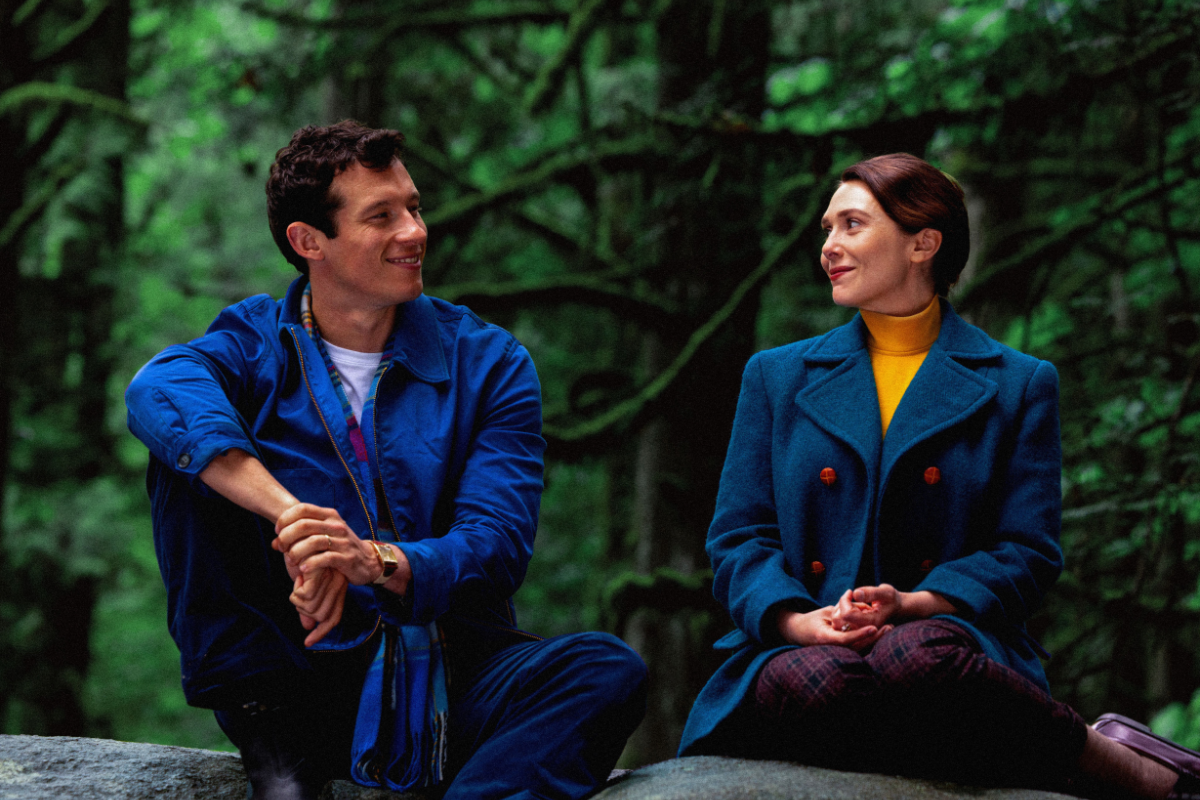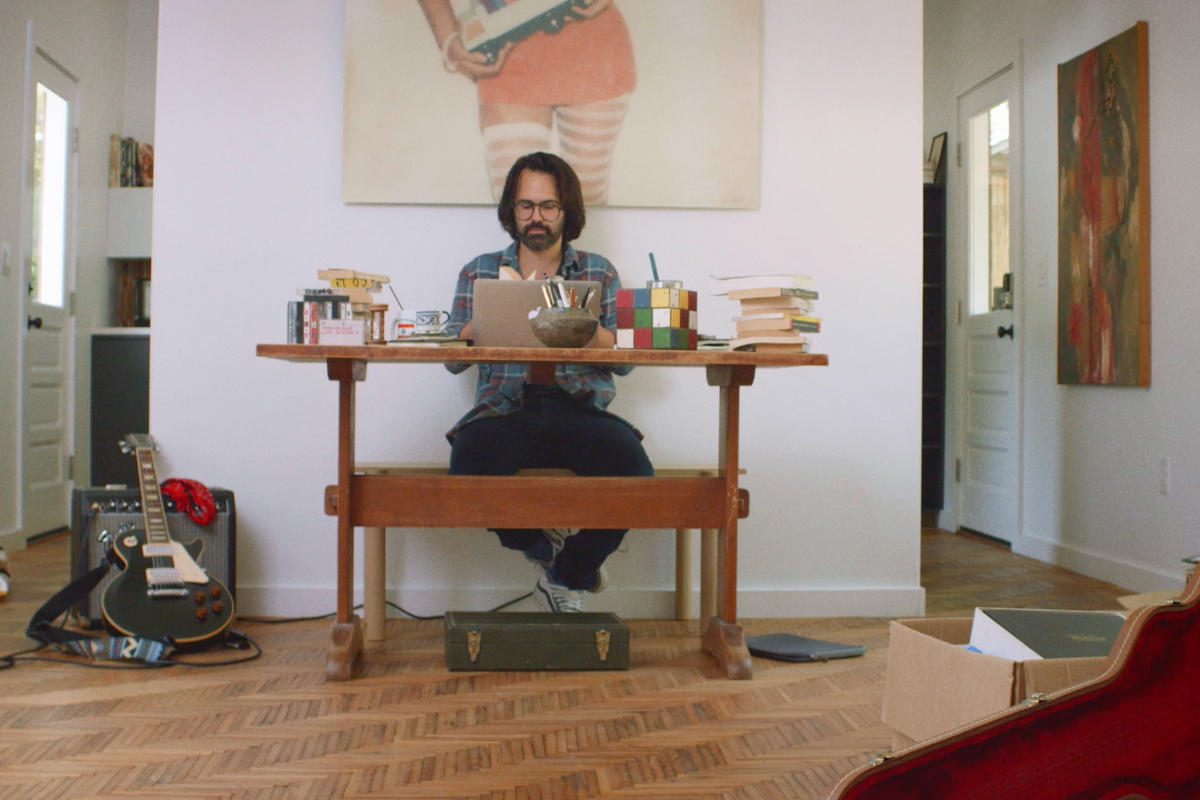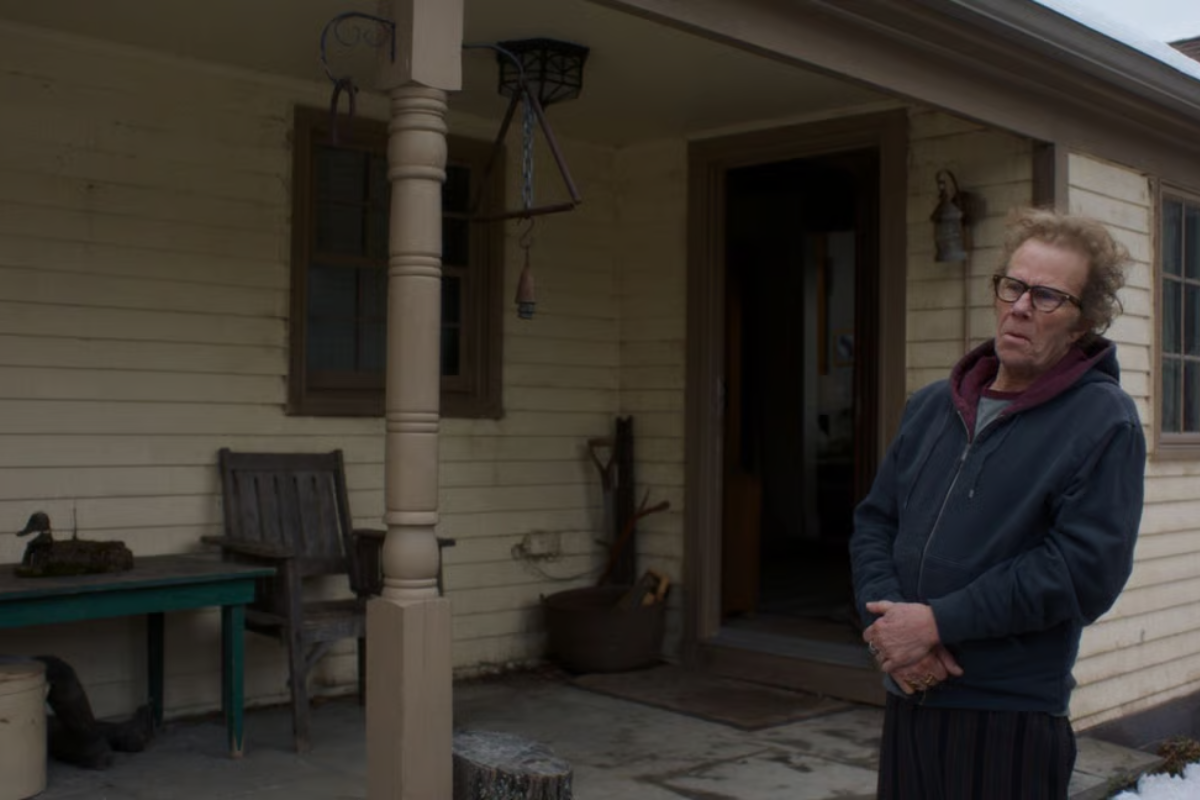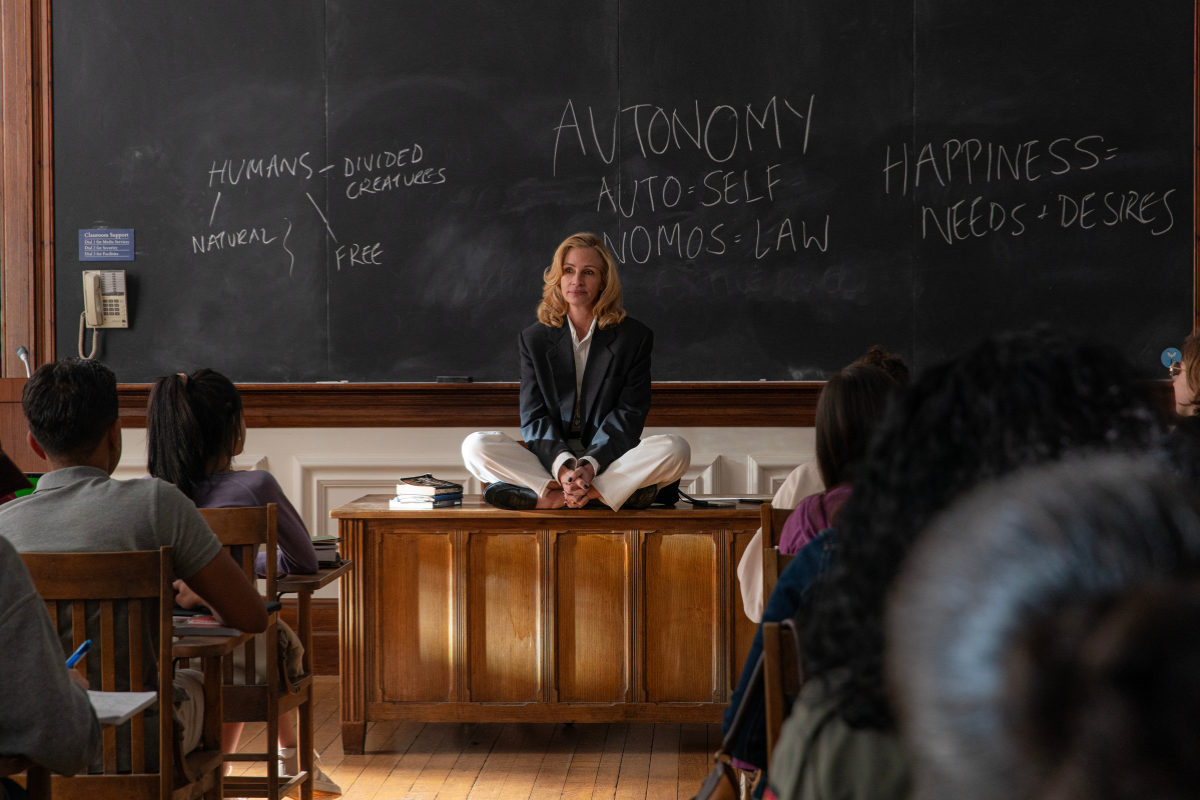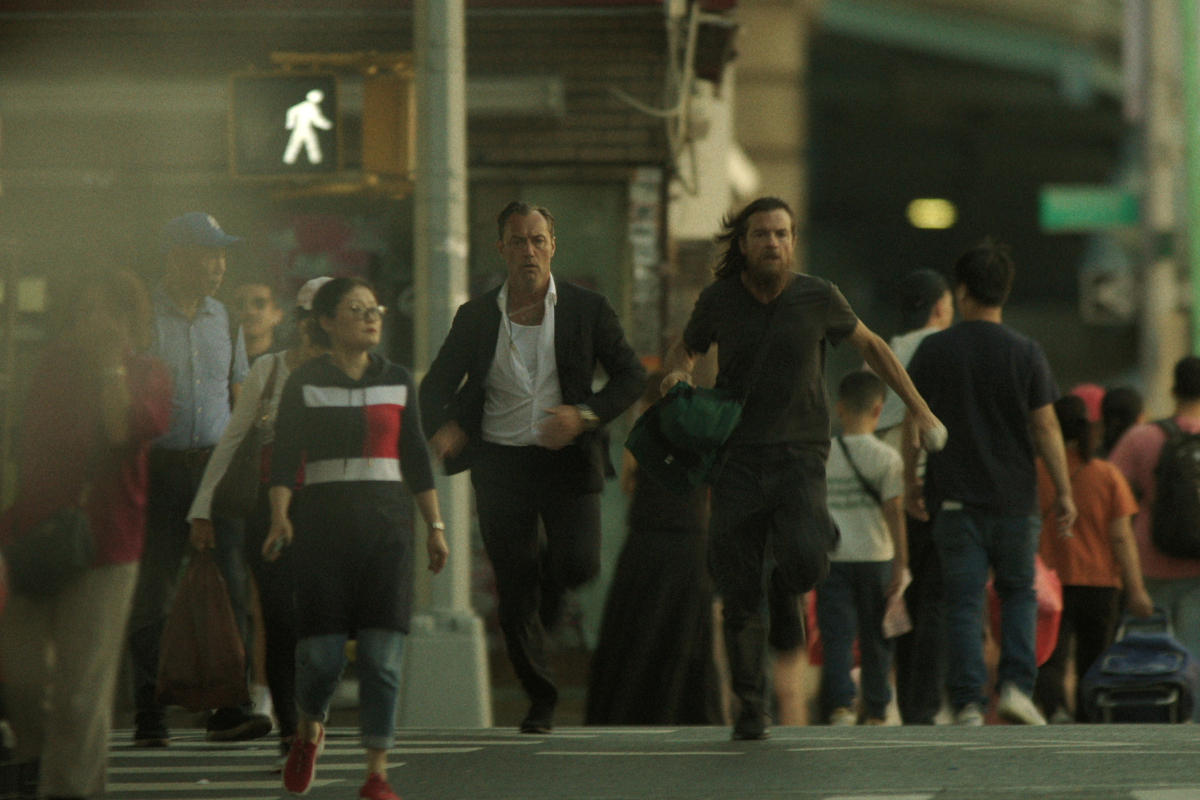Navigating the Ups and Downs of Pre-Production
This second part of the Palmer Brothers 4-part story focuses on how to handle the large, seemingly world-ending logistical barriers that you can only see after you’ve dived head-first into pre-production.
ONE MONTH IN
It’s been one month since Norrie and I told you all about our project, The Running Kind, and set off on the long, fun and stressful job of getting our production off the ground. While there is still a lot to be done to get the finished film we want, we’re thirty days in and excited to share the many ups and downs we’ve experienced so far - and give you pointers on what you can do on your own short film as you try to fundraise, find your crew, and dive deeper into producing and creative work. We were able to raise $45,000 through a combination of friends, family, businesses, cold calls, and production companies. We also filled out our crew, locked stunt drivers, and secured most of our location.
This edition of our 4-part story will focus on how to do those things and handle the large, seemingly world-ending logistical barriers that you can only see after you’ve dived head first into pre-production.
PULLING THE MONEY TOGETHER
Of all the questions you are confronted with when deciding to launch a movie, one of them looms larger than all the rest - how are you going to pay for it? One of the more popular, and useful, methods is the famous, or infamous, crowdfunding campaign. They can be quite difficult, especially if you have a hard time asking people for money, yet there are very few resources that can be as transformative, accessible, and easy to use.
The general rule of thumb seems to be that everyone gets one shot at a crowdfunding campaign. Most people’s networks are understandably fairly maxed out after one go, so you need to make it count. There are many options for crowdfunding sites, but Seed&Spark’s 80% threshold for a greenlight, as opposed to Kickstarter’s all or nothing approach, was exactly what we needed to hear. We also appreciated that their site is film specific, and the curated advice they give you on your campaign.
We decided that crowdfunding would help us a lot, but not to the tune of $45,000. One key piece of advice that crowdfunding sites like Seed&Spark drive home is to make your crowdfunding goal look accomplishable. Strangers who see your project online are more likely to contribute the closer you are to your goal. Fifty bucks goes a long way in raising a couple thousand, but makes almost no difference in raising forty-five thousand.
And no one wants to donate money to a film if they feel their donation will only be a drop in the bucket. The donor has to not only believe in your film, but in the dollar amount you say you can raise. For this reason, Norrie and I thought it would be best to set our goal at $22,000 through Seed&Spark and raise the other half privately through production companies and other individuals/businesses. We calculated it every way we could think of.
“We just need nine hundred people to donate fifty bucks”… “Forty-five people at $1,000 each”... “Our savings accounts plus whatever we can get from individuals…. plus a credit card.” “How much can a kidney get me? What about a ball? I heard I could get almost $60K per ball.”
Thankfully, it didn’t come to that.
So how can you make sure your film gets funded? Well, it’s different for everyone but we can tell you what worked for us. The success of our crowdfunding campaign really came down to two things: One, treating it like a full-time job and putting in countless hours to post, do outreach, and take meetings. And two, suppressing that incredibly decent instinct we had in our heads telling us, “You can’t call people and ask them for their money”.
Heading into this, Norrie and I were unsure of how much we could raise from our conjoined network, but were constantly surprised by how many people helped us. Reaching out to everyone we know and asking them for money out of the blue was by far the hardest part of our Seed&Spark campaign. We are so incredibly thankful to all of the friends and relatives who donated to making our dream a reality and know that they are the reason we are able to make this movie. You can come up with dozens of crowdfunding strategies on your own, but at the end of the day, it is your supporters who make it happen.
For the private half of the fundraising, we reached out to many local Stockton businesses and made them aware of one of the incentives of our campaign, an offer to make a commercial for them in exchange for a donation. We knew that authentic feeling locations that evoked the tone, texture, and atmosphere that we desired would be the most crucial piece in making the film feel real. We wrote specific locations and favorite spots into the script, and luckily, most of them were very excited to work with us. If they were hesitant to allow filming, offering to shoot commercials and/or social media content for them was sometimes the difference maker. To us, it was a win-win because it allowed us to return the favor within our own community and help out businesses we've known since childhood.
LAUNCHING INTO PRE-PRODUCTION
While fundraising at times felt all-consuming, we had to keep a rigid pre-production schedule. We started firing on all cylinders and quickly started making serious headway across all the different departments of the film.
It can be very easy for directors on short films to get so caught up in the producing challenges that they forget to pay attention to their own prep. Norrie and I didn’t want to fall victim to this, so we made sure to bring on people we could fully trust to produce the project.
We looked for a producing team that was experienced and organized enough to tackle a project with so many production concerns. Having produced a fair amount of short films ourselves and understanding the impact a producer can make, we were especially careful in making this decision. We teamed up with our lead producers Gabby Fiszman and Maria Paula Quesada through their production company Odd One Out. Together, we started scouting our locations in Stockton, CA, tracking down stunt drivers/coordinators, picture and camera cars, and building out the crew.
We also pitched to, and teamed up with, Narradora Studios. We were able to connect with Narradora over a shared love of character-driven movies that were narratively outside the norm. Norrie and I put together a pitch deck and we, along with our producers, prepared a pitch that we delivered over Zoom. Practicing the pitch was not only helpful in the pitch meeting itself, but it also helped us zero in on the most impactful, interesting, and relatable aspects of our story. While the pitch touched on different aspects of the production, most of it centered on our story, our characters, and our desire to tell a unique story through an interesting narrative structure.
We feel lucky to have such great creative partners and, for those searching for creative partners of their own, we can really only offer two pieces of advice. In terms of finding someone who may be interested, try to make your short as attractive as possible by pitching something that you feel passionate about and is as new and fresh a story as you can write. It cannot be a story they have been pitched over and over again. In terms of building the creative partnership, it is best to be open and specific about your vision as a writer/director and to let your potential creative partner know the things you’re still figuring out creatively or logistically. This is the best way we’ve found in building a solid relationship.
We put together a producing team, had brought on very capable and passionate department heads, and were making consistent progress on all our producing and creative challenges. Our parents were even kind enough to join the team formally as location managers and started touring locations to take pictures, measurements and virtual 3D scans of the environment for our prep. Having crew members in Stockton has been extremely helpful because it allows us to figure out how to shoot the movie there without requiring Norrie and I to waste time driving back and forth.
Our first month of pre-production was going better than we thought. It turns out, all the reasons we thought shooting in Stockton would be helpful, were helpful. Locations wanted us to shoot there and were even excited about it. The local government made it clear that filmmakers were welcome and made the permitting process and process for shutting down roads for stunt drivers rather simple.
Things were going almost perfectly.
DECIDING TO PUSH THE SHOOT
Despite all this momentum and progress, we ultimately came to a somewhat paradoxical decision. Stockton was so receptive to our ideas that we realized we could do so much more if only we had a few more weeks. We could ask for even more coordination and assistance in logistics which would only serve to further benefit the film. We decided to bring on a larger stunt team, close down more roads, and get permits for locations that we didn’t think would even be possible. As our scope expanded, we realized we could make a much better film, and we decided that in order to take full advantage of our new opportunities, we would need longer lead times to execute them completely.
Despite how clear it seems now, the decision was fairly difficult. It can be easy for the production to become a victim of its own momentum; compromising on the decision that’s best for the movie in order to meet the deadlines you’ve set for the production. The momentum that feels like progress in the beginning, can begin to feel like a runaway train if it goes unchecked and leads to hasty or unthoughtful decisions for the sake of keeping things moving.
I’ve worked on several productions that have taught me something I try to keep in mind. Making the movie is not the movie itself. The production will not adhere to story arcs or act breaks, and the day will not be saved by a convenient deus ex machina. Making the movie is work, and when you need to take a step back in order to retool, reshape, or rebuild the way you are working, it is important to do so.
The decision really came down to one of those deceptively simple epiphanies that you have over and over again. The kind that are so obvious that they prompt an eye roll but are nevertheless always true but hard to keep in mind in the heat of the moment, “Which choice will lead to the best film?”
WHAT’S NEXT?
In our previous article, we talked about the idea that each production has one major challenge which can be turned into an advantage if designed right. Our challenge/advantage was the city of Stockton and our ability to get more out of it than anywhere else - it was just proving to take more time.
In the next few weeks, we are going to explore the limits of our expanded scope and gear up for our shoot in September. We’ll check back in next month to tell you more about the creative conversations we’re having and the decisions we’re making with our crew as we move closer and closer to day one of production.
If you are interested in supporting our film, reading more about it, or seeing our pitch video, please follow the link below!


